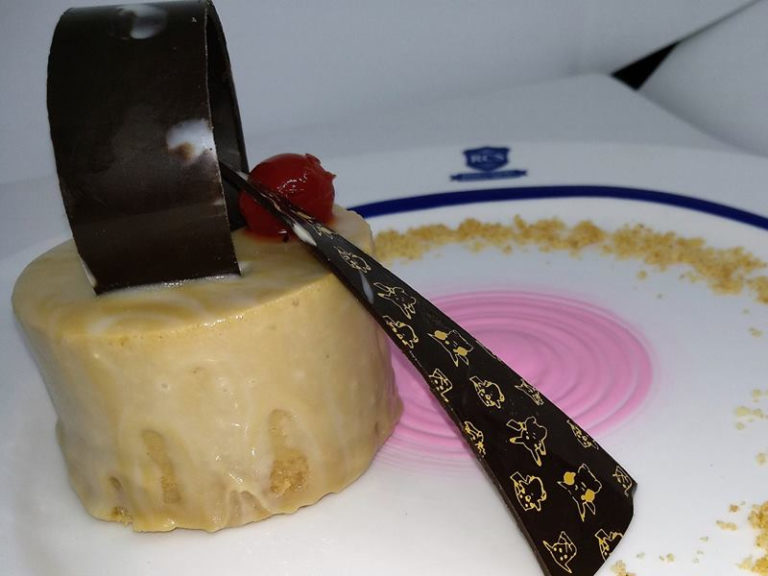The correct introduction of coffee mousse in France is obscure. Chocolate, which was conveyed to Spain from Mexico by the Conquistadors in 1529, landed in France with the marriage of the Spanish princess Anne of Austria to Louis XIII, in 1615. By then chocolate was just a hot drink, yet no uncertainty after a short time, the inventive French gourmet specialists at the castle started to try different things with chocolate.
Notwithstanding, coffee mousse was still over two centuries away. As per FoodTimeline.com, appetizing mousse dishes were an 18th century French accomplishment, dessert mousses (by and large organic product mousses) started to seem substantially later, in the second 50% of the nineteenth century. A few cookbooks from as right on time as 1758 have formulas for “solidified mousses,” however this was more similar to frozen yogurt than mousse as we probably are aware it.
Mousse is a light yet rich food that is beaten until airy: The word means “foam” in French. It is made with four components:
The base or principal flavouring agent: chocolate, passionfruit, chicken liver, salmon, etc.
The binder: egg whites and/or gelatine.
The lightening agent (aerator)—the component that gives mousse its light, airy texture—beaten egg whites or whipped cream.
Flavouring/Seasoning: traditional salt and pepper for savoury mousses to from extracts, liqueurs and spices
Some flavourful mousse formulas (chicken liver, fish, vegetable) utilize gelatine as a cover when eggs alone don’t do the trick, yet this makes the consistency heavier. Different formulas incorporate margarine.
As with soufflés, mousse can be both sweet or appetizing, hot and cool and in singular bits or served from a bigger dish. Treat mousse is regularly served cool, and flavourful mousse hot, albeit sweet mousse formulas (chestnut mousse or cranberry mousse, for instance) can be served hot with a hot principle course.
Note that occasionally mousse is served in an individual artistic pot, just like an alternate formula called pot de crème. The last is a thick pudding instead of a breezy mousse.
The Mousse Facts:-
• The word “mousse” is the French word for “froth” or “foam”. A fitting name for this light, fluffy, and decadent confection.
• Mousse is pronounced “moose.” It is in no way associated with the animal.
• April 3rd and May 2nd are National Chocolate Mousse Day.
• November 30th is National Mousse Day.
• Savoury mousse dishes were an 18th century French achievement. Dessert mousses (generally fruit mousses) began to appear much later, in the second half of the 19th century.
• The first written record of chocolate mousse in the United States comes from a Food Exposition held at Madison Square Garden in New York City in 1892.
• Chocolate mousse really came into the public eye in the U.S. in the 1930’s, about the time as chocolate pudding mixes were introduced.
• Whipped cream can be substituted for egg whites in a mousse recipe

